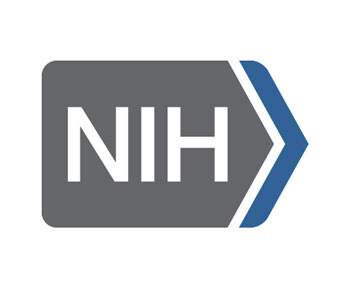Company National Institute of Health
To adopt technology that enable researchers and clinicians to use multiple wireless devices throughout the 870,000 square-foot building.
BenefitsNIH wanted to ensure that radio frequency signals reached each staff member's interpersonal communication device, regardless of where they were in the building. Concrete, glass and other building materials can distort and block radio frequency signals, making wireless communication spotty or even unattainable.

The Background
The National Institutes of Health (NIH) has been dedicated to advancing medicine through research since it was founded in 1887. In August 2004, construction was completed on the Mark O. Hatfield Clinical Research Center (CRC), a 242-bed hospital and research center, which totals 870,000 square feet. The new center is connected to the existing Warren Grant Magnuson Clinical Center to form the NIH Clinical Center, which is the world’s largest clinical research complex. The CRC is designed to be state-of-the-art and flexible to bridge the gap between laboratory research and life-saving clinical applications.
The Challenge
The NIH realized that one of the best ways to integrate the research and clinical sides was to implement wireless devices that allowed researchers and caregivers to communicate with each other seamlessly and without interruption. More specifically, the NIH wanted to deploy wireless interpersonal communications devices, such as government-issued smartphones, to enable immediate communication among the CRC staff.
The hurdle the NIH faced was ensuring that radio frequency signals reached each staff member’s interpersonal communication device, regardless of where they were in the building. Concrete, glass and other building materials can distort and block radio frequency
The Solution
The NIH announced that it would install a Black Box (BBOX) distributed antenna system (DAS). A wireless broadband infrastructure designed to distribute wireless signals throughout the facility and support a full range of wireless devices and applications. That included the immediate deployment of BlackBerry® devices and future plans to utilize the system for other smartphones, as well as two-way radios for first responder communications.
BBOX distributes all of the center’s wireless services on a unified, managed system. This rationally engineered approach helped the NIH find a more cost-effective solution to its communications challenges, eliminating the need to install and maintain multiple, discrete wireless systems.
BBOX was a subcontractor on this project to prime contractor SRA International, Inc., of Fairfax, VA, with clients in national security, civil government, healthcare and public health, and has a long history of support for wireless technologies at the NIH.
With the DAS installed, the center has the capability to add numerous applications, including wireless patient monitoring devices and personal paging devices that allow patients to directly contact clinical staff. These applications and devices can be deployed without the need to install a separate system for each application, and meet the center’s future wireless needs.
Industry: Healthcare,
Solution: Wireless & Private LTE Networks,
Services: Support Services, Field & Dispatch Services,